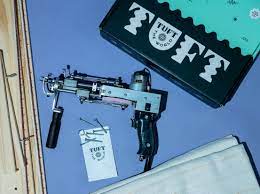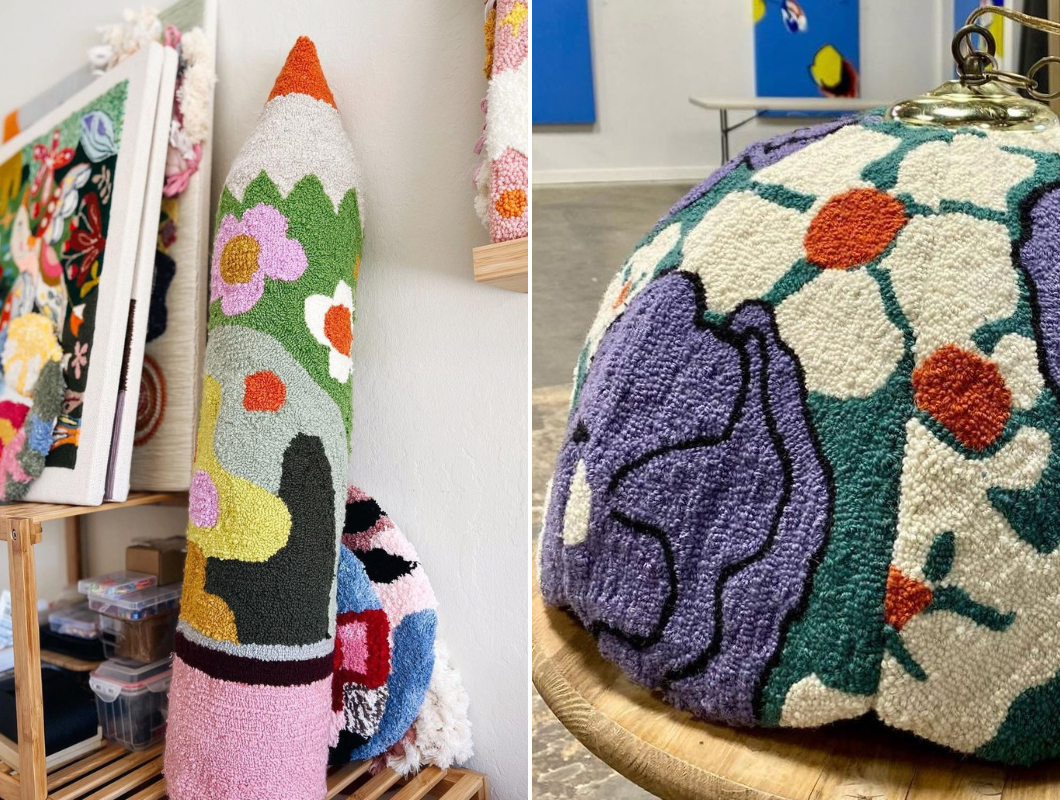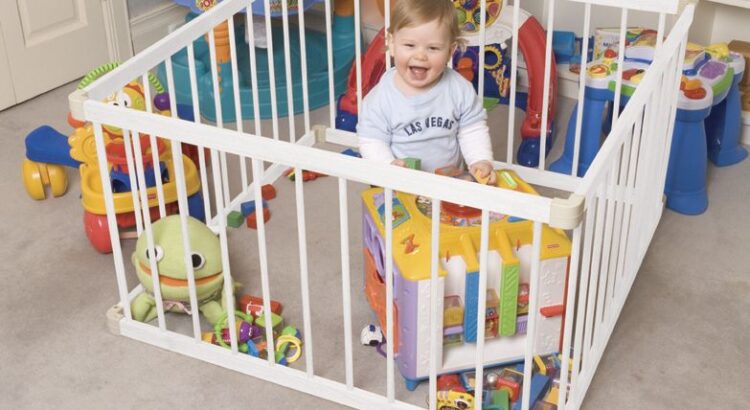As parents, ensuring the safety and well-being of our children is our top priority. However, this doesn’t mean that we have to compromise on their freedom and exploration. Large playpens offer a perfect solution for parents who are looking for a safe yet boundless environment for their little ones to discover the world around them.
Gone are the days when traditional playpens were limited to small spaces, confining children’s movements and limiting their creativity. Today, modern playpens come in various shapes and sizes, offering numerous features that cater to both child and parent needs.
The Importance of Play and Exploration
Play and exploration are essential for the development of children. It allows them to learn about their environment and develop important skills such as problem-solving, creativity, and socialization. Play can take many forms, from structured activities like organized sports to unstructured play where children use their imagination.
Exploration is also crucial for a child’s development. It allows them to discover new things, build confidence in their abilities, and learn about cause and effect. Children who have opportunities to explore their surroundings will be more curious and engaged with the world around them.
Large playpens provide a safe space for children to engage in both play and exploration. They allow children to move freely without the risk of escaping or getting lost while providing parents with peace of mind. Encouraging children to spend time in large playpens also helps promote physical activity which is linked to better health outcomes later in life. Overall, creating an environment that promotes play and exploration is vital for a child’s growth and development, making large playpens an excellent investment for any parent looking to give their child the best start in life.
The Benefits of Large Playpens:
Large playpens offer a plethora of benefits that can positively impact both parents and their little ones. Firstly, they provide a safe and enclosed area for children to play, explore and learn without the risk of injury. This means parents can have peace of mind when they need to attend to other tasks or simply take a break.
Secondly, large playpens allow children to develop their motor skills and spatial awareness in a controlled environment. The spaciousness of the pen allows them to move around freely and engage in physical activities such as crawling, walking, climbing or even playing with toys.
Lastly, large playpens can be used as versatile spaces that cater for different needs throughout the day – from nap time to mealtime. They also encourage social interaction amongst siblings or friends who may join in on the fun.
In essence, investing in a large playpen provides an opportunity for children to embrace boundless adventures while giving parents some much-needed respite.
Tips and Ideas for Creating an Exciting Playpen
A playpen is an ideal space for babies and toddlers to play safely while parents can get things done. However, creating a fun and exciting environment within the playpen can be challenging. Here are some tips and ideas for making the most out of your child’s playpen.
Firstly, add colorful toys that stimulate your baby’s senses. Soft toys such as stuffed animals and rattles are great for sensory development. Additionally, add musical toys to encourage auditory learning.
Secondly, use colorful mats or blankets to create a comfortable surface inside the playpen. This will make it more inviting for your little one to crawl around or roll on their tummy.
Lastly, switch up the toys in the playpen regularly to keep your baby engaged. Introduce new textures and shapes with each rotation of toys so that they continue to learn at every stage of their development.
By following these simple tips and ideas, you can create a fun-filled environment within your child’s playpen that encourages learning and exploration while keeping them safe at all times.
Exploring Nature within the Playpen Environment
Exploring nature within the playpen environment can be a wonderful way to introduce your child to the natural world. It allows them to experience the sights, sounds, and textures of nature in a safe and controlled environment. By introducing plants, rocks, sand or even water into their playpen, you can create a mini outdoor adventure for your child that stimulates their senses and encourages exploration.
Additionally, incorporating natural materials into their playpen toys can help promote creativity and imagination. For example, wooden blocks or sticks can be used to build structures or create imaginary worlds. Natural materials also provide opportunities for sensory exploration as children feel different textures and temperatures.
Overall, exploring nature within the playpen environment provides endless opportunities for learning and growth. It fosters curiosity about the world around us while providing a safe space for children to explore at their own pace.
Encouraging Children to Use their Minds During Playtime
Encouraging children to use their minds during playtime is essential for their cognitive development. When they engage in imaginative and creative play, they develop problem-solving skills, critical thinking abilities and enhance their creativity. Parents can provide opportunities for their children to exercise these capabilities by providing open-ended toys with multiple possibilities for playtime activities.
Large playpens offer a unique opportunity for children to explore the boundaries of their imagination while engaging in physical activity. Parents can encourage them to create an imaginary world within the confines of the pen, such as building forts or creating obstacle courses. This type of unstructured environment allows children to take risks and make decisions independently, which is crucial in developing confidence and self-esteem.
Parents should also participate in imaginative play with their children by asking open-ended questions that promote curiosity and critical thinking skills. As a result, kids will learn how to think outside the box, generate new ideas and have fun at the same time! Overall, encouraging imaginative playtime activities helps foster healthy brain development while instilling lifelong learning habits in young minds.
The Importance of Balance between Safety and Freedom
The importance of balance between safety and freedom cannot be overstated, especially when it comes to children’s play areas. Large playpens, which have become increasingly popular in recent years, offer children the opportunity to explore and engage in a variety of activities while being contained within a safe environment.
However, it is important to ensure that the design and construction of these playpens prioritize safety without compromising on the freedom for children to express themselves freely through play. This can be achieved by incorporating features such as soft surfaces, rounded edges, and secure locking mechanisms into the design.
Ultimately, striking a balance between safety and freedom allows children to develop their physical abilities and encourages independence while also providing parents with peace of mind knowing that their child is playing in a secure environment. As such, establishing this balance is crucial for ensuring that children have access to boundless adventures within playpens while remaining safe from harm or injury.









